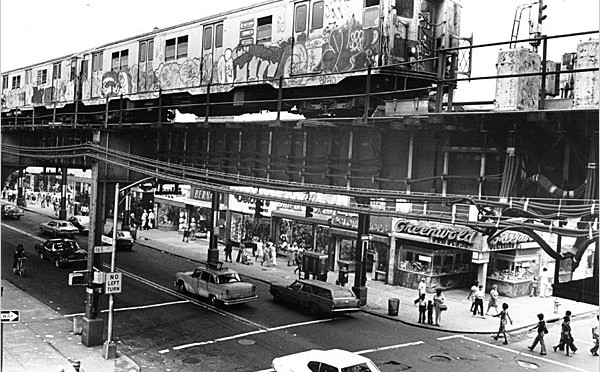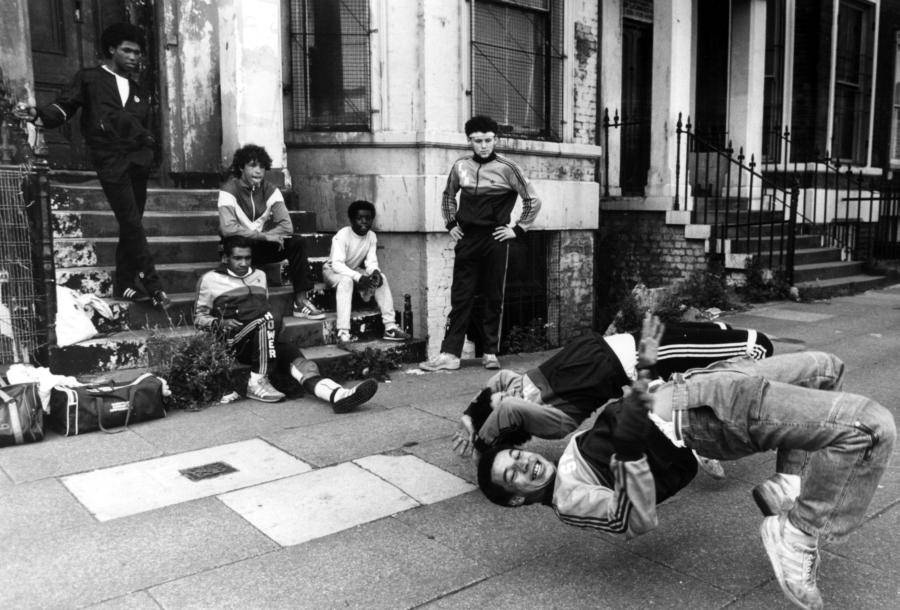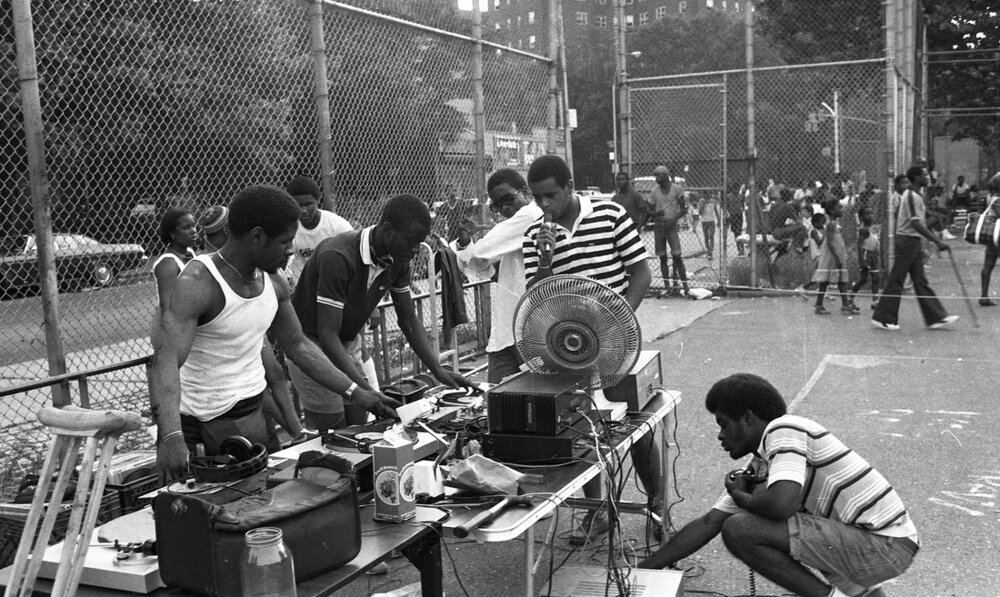
In 1973, DJ Kool Herc set up his turntables and introduced a technique at a South Bronx house party that would change music as many people knew it. His ability to switch from record to record — as well as isolate and repeat music breaks — led to the discovery of the hip hop genre.
From school yards to gatherings, boomboxes housed the exhilarating sound that people couldn’t get enough of. As the genre evolved, artists used their platform to speak on social issues near and far.
“Music is nothing but organized noise. You can take any- thing—street sounds, us talking, whatever you want—and make it music by organizing it.”

